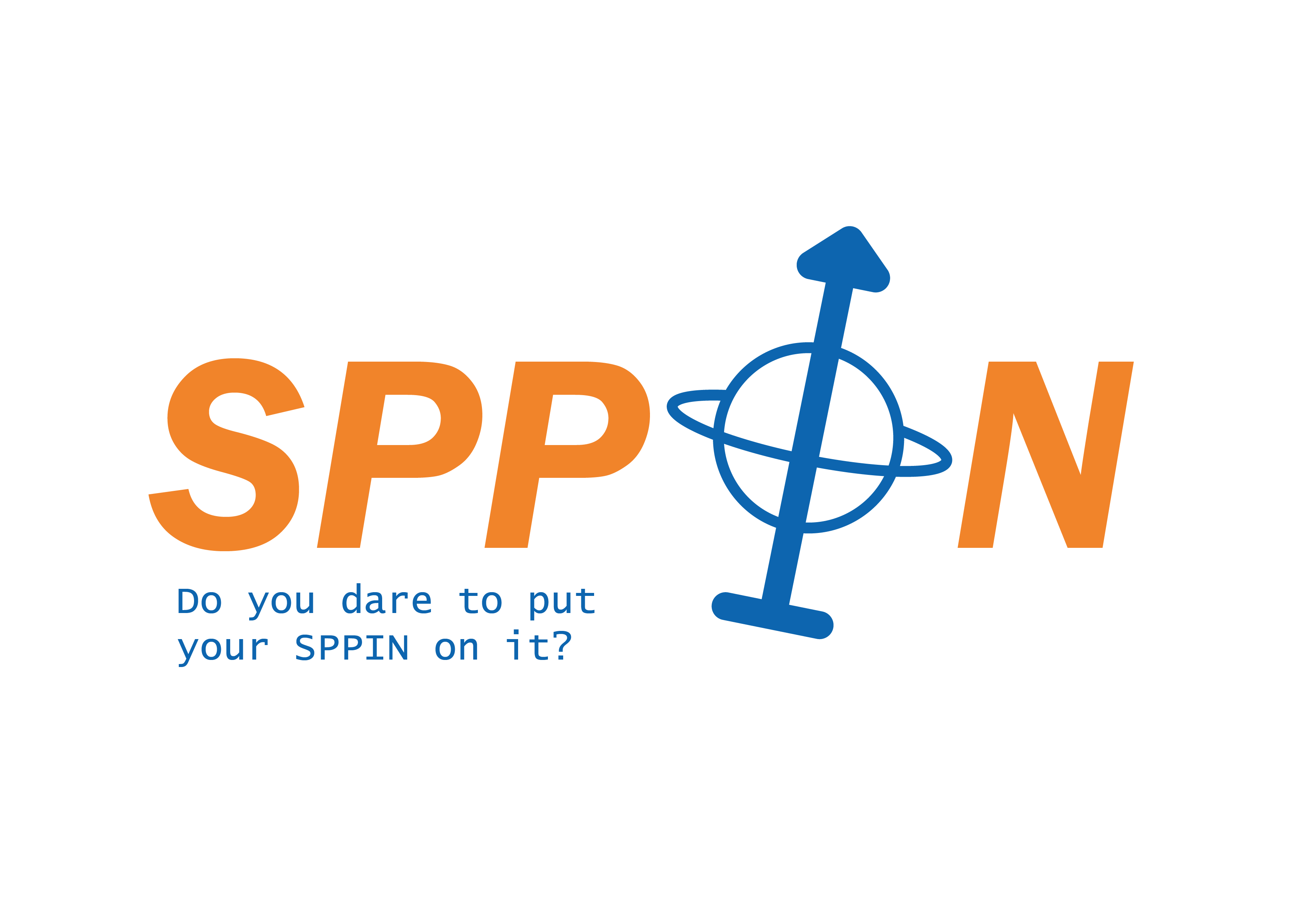Surgical Planning in Pediatric Neuroblastoma¶
Neuroblastoma: Neuroblastoma is one of the most common cancers in children, accounting for 15% of pediatric cancer related deaths. This tumor originates from the symphatic nervous system, and is often located in the abdomen. Treatment of neuroblastoma includes surgical resection of the tumor, but complete resection of the tumor is often challenging.
Surgical planning in Neuroblastoma: Surgical procedures can be complicated due to the neuroblastoma often being in proximity or even encasing organs and vessels in the affected area. These structures can include abdominal organs such as kidneys, liver, pancreas and spleen or big abdominal vessels such as the aorta and renal veins. During surgical planning it is essential to have a clear understanding of the neuroblastoma in relation to the relevant anatomy. Currently, magnetic resonance imaging (MRI) is used as pre-operative imaging. Studying 3D models of the tumor and relevant structures guides surgeons in the pre-operative understanding of this complex situation, as has been shown in other pediatric tumors (Wellens et al. 2019).


Segmentation of neuroblastoma: The current clinical practice of manual or semi-automatic segmentation of the neuroblastoma and other relevant anatomical structures is time consuming and user dependent. Automating the segmentation process can make the use of 3D models in pre-operative planning of neuroblastoma patients more reliable, applicable and accessible.
Automation of neuroblastoma segmentation is a complex task for the following reasons:
- Pediatric oncology is rare, so datasets are limited in size.
- Although each child receives multiple scans throughout the treatment process, chemotherapy can have a drastic impact on the size, structure, and appearance of the tumor. Including scans obtained throughout different stages of treatment can create larger and more complicated datasets, but the effect on the pre-operative segmentation is unknown.
- Due to the wide varieties in location, shape and size of the tumor and (possible) involvement of anatomical structures, differentiation between tumor and other anatomical structures is often complex.
- To have a complete overview of the relevant anatomy, multiple MRI sequences obtained with different parameters (e.g. T1-weighted pre- and post contrast, T2-weighted, and diffusion-weighted) are studied in surgical planning, leading to the hypothesis that multi-parametric segmentation can improve the segmentation of the complete set of anatomical structures. To add to this, some tumors are better visible on T1-weighted imaging and others on T2-weighted imaging.
- The exact borders of the neuroblastoma can often be challenging to see.

The SPPIN challenge: The aim of this challenge is to create a segmentation tool for surgical planning in neuroblastoma patients.. Since each MRI sequence can provide other structural information, this challenge provides unregistered, multi-parametric MRI data. We encourage teams to explore the possibilities of the multi-parametric data to obtain the best segmentation results in this complex challenge. The neuroblastoma segmentation is fully supervised, with labels for every patient in the dataset.
